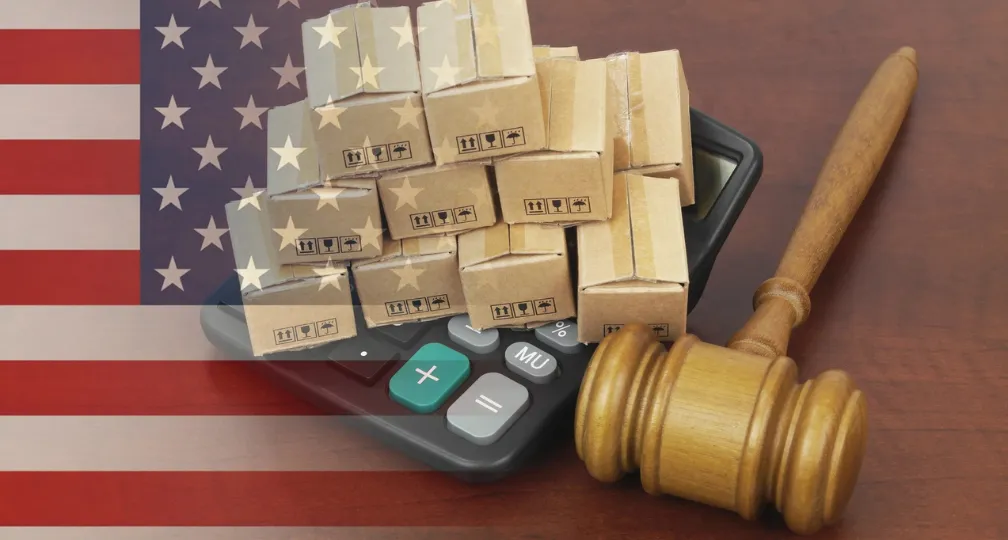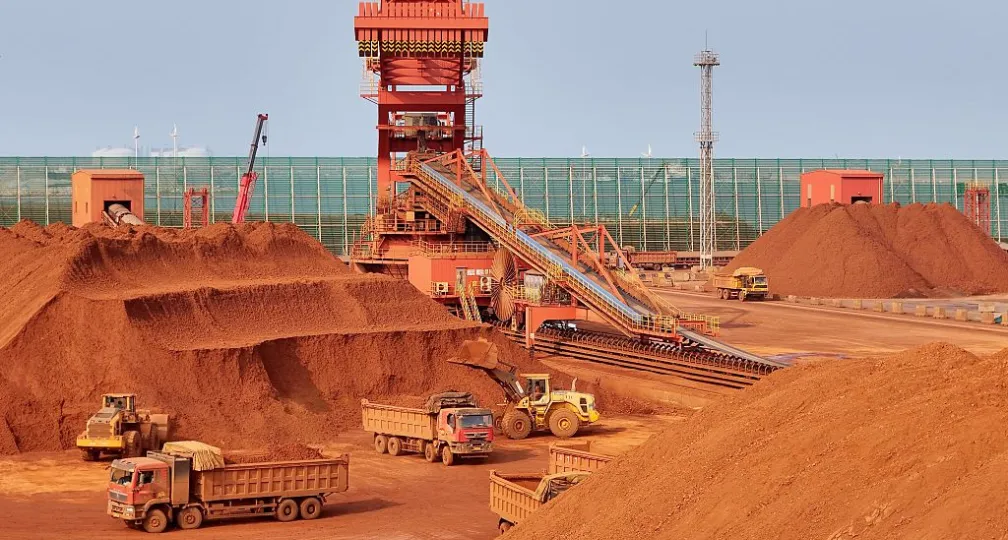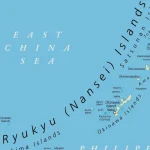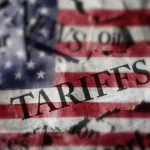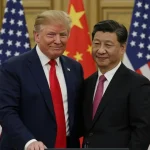Will a ‘low-altitude economy’ make Chinese growth soar again?
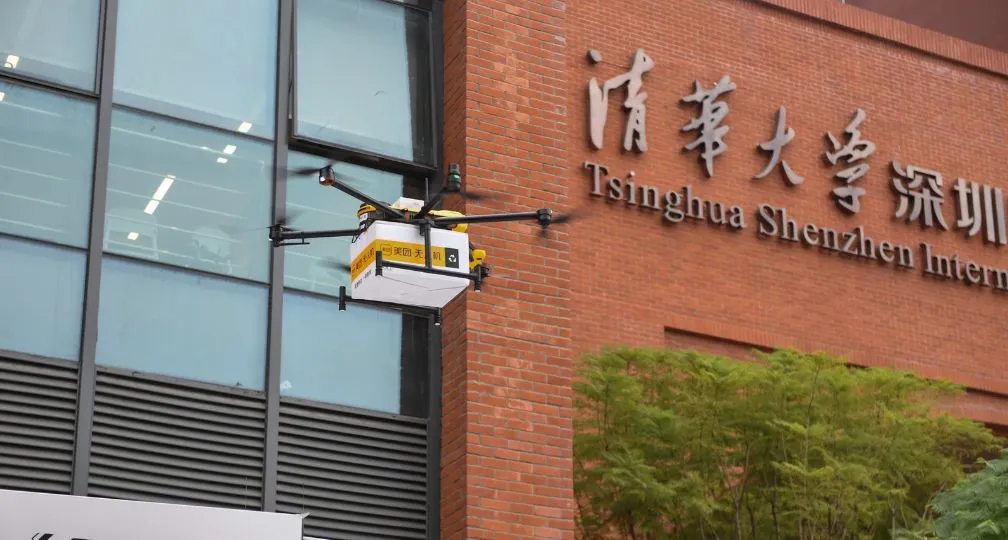
Drones are being used for anything from spraying pesticides on agricultural fields to delivering food, and preparations are underway for flying taxis to transport passengers across the sea from Shenzhen to the neighboring city of Zhuhai.
While red tape has historically stifled businesses utilizing this airspace, in 2021, the low-altitude economy was included in China's national planning for next-generation transport. Two years later, it was added to its list of strategic emerging industries, alongside fields like biotechnology and commercial satellites.
Local governments have also rushed to boost this sector. In 2023, only 16 out of a total of 31 provincial governments mentioned the “low-altitude economy” in their annual work reports, but by 2024, this number had increased to 29. For instance, Hunan province has allocated subsidies for low-altitude air travel, while Heilongjiang has pledged up to 50% funding support for companies conducting R & D in aviation equipment and battery systems.
Overall, Beijing views this field as playing a crucial role in affirming its market dominance internationally, with implications not just in the economic realm but in geopolitics too.
Chinese-style industrial policy
China’s industrial policies — government interventions such as tax incentives and financial support to promote domestic firms’ growth — make up a unique model that incentivizes participation in target sectors and competition in the domestic market. The process aims to leave standing only the strongest companies, which in turn receive further support to enhance their competitiveness abroad.
Beijing has supported critical sectors through initiatives such as Made in China 2025. The program, launched in 2015, arguably embodies China’s aspirations to dominate advanced industries globally — one borne not of a sudden gear shift, but reflecting a long-term vision.
Not every policy has yielded the desired results, however. For example, semiconductor localization rates have fallen short and despite massive subsidies and investment in the industry, many firms — such as Unisplendour Corporation, which declared bankruptcy in 2021 — have failed to survive.
On the other hand, prominent homegrown companies like CATL, the world’s largest electric vehicle battery manufacturer, and BOE, the leading producer of display panels, have flourished on global markets by leveraging foreign technologies, using subsidies to drive R & D and benefiting financially from state support.
China’s model produces strong players and leads less competitive firms to be eliminated, yet subsidies also allow some “zombie” companies to stay afloat. In addition, issues like overproduction arise from excessive competition, though China’s massive domestic market has largely been able to absorb such inefficiencies.
Going high by flying low
China has already established itself in the low-altitude sector. Notably, Shenzhen-based DJI dominates internationally with its low-cost, high-performance drones, which account for an estimated 70% global market share. Chinese companies are also actively developing cutting-edge technologies such as flying cars and electric vertical takeoff and landing aircraft (eVTOLs).
The government aims to go even further, in part to leverage the low-altitude economy’s vast ripple effects. Similarly to the automotive field, this is a highly interconnected sector with a broad supply chain: Core components, namely helicopters, drones and eVTOLs, require a myriad of different parts, such as engines and batteries.
The sector also covers a broad spectrum of activities, including helicopter-based tourism, piloting small aircraft and using drones for infrastructure inspection and maintenance. With innovation and creativity, there is significant potential to develop entirely new business models to move people and goods, in turn creating novel job opportunities.
Another factor driving the government’s push is the industry’s strategic value. Aircraft such as drones and other unmanned systems, along with their associated technologies, are very versatile and can be adapted for military purposes. This dual-use capability makes the low-altitude economy critical to China’s national security strategy.
So much so that the United States Defense Department has labeled DJI a Chinese military collaborator, with Congress exploring a ban on its drones in the U.S. On its part, China has included high-end drones and related parts among its export restrictions, leading to a further decoupling between the two powers.
Back down to Earth
The potential for growth is significant. As technologies such as autonomous driving and flying taxis gain momentum, international discussions about safety, operation and control standards for eVTOLs are underway. By expanding Chinese manufacturers’ share and leading the market, Beijing wants to establish its technological standards as the global ones.
Moreover, low-altitude economy is an inherently flexible term, allowing almost any well-performing business operating in the designated airspace to be framed as a success story. This is a significant asset in the context of Chinese leader Xi Jinping’s much-vaunted “discourse power” — the ability of Chinese narratives to wield influence internationally.
Since the 1990s, China has prioritized the development of its automotive industry and when it became clear that it could not compete globally in internal combustion engine vehicles, the government shifted its focus to EVs, giving rise to behemoths such as BYD.
Similarly, outside of traditional sectors, China has produced globally recognized companies like Tencent and Alibaba. In propelling the low-altitude economy, China is seeking to repeat these scenarios by launching internationally competitive companies at the forefront of innovation.
Yet success is not guaranteed. China’s low-altitude airspace is significantly lower than in other countries, such as Canada’s 3,800 meters or the United States’ 5,400 meters, and it is further restricted by the presence of many military no-fly zones.
Infrastructural challenges, such as the limited number of civilian airfields and locations for drone takeoffs and landings, also abound. Moreover, China is still reliant on the U.S., Europe and Japan for critical equipment such as engines and aircraft materials, weakening its supply chain.
To prevent China from securing a dominant position in this field, Japan should leverage its unique advantages. These include its advanced technologies and international competitiveness in key areas such as carbon-fiber aircraft composites and motors and batteries for eVTOLs.
It is critical for Japan to protect these strengths, maintaining its edge as an indispensable part of the low-altitude global supply chain.
(Photo Credit: Xinhua/ Aflo)
[Note] This article was posted to the Japan Times on Apri 18, 2025:
https://www.japantimes.co.jp/commentary/2025/04/18/world/china-low-altitude-economy-drones/

Geoeconomic Briefing
Geoeconomic Briefing is a series featuring researchers at the IOG focused on Japan’s challenges in that field. It also provides analyses of the state of the world and trade risks, as well as technological and industrial structures (Editor-in-chief: Dr. Kazuto Suzuki, Director, Institute of Geoeconomics (IOG); Professor, The University of Tokyo).
Disclaimer: The opinions expressed in Geoeconomic Briefing do not necessarily reflect those of the International House of Japan, Asia Pacific Initiative (API), the Institute of Geoeconomics (IOG) or any other organizations to which the author belongs.


Visiting Senior Research Fellow
MACHIDA Hotaka is a visiting senior research fellow in Institute of Geoeconomics at International House of Japan. He joined the Institute in October, 2022. Prior to leaving his role in government, he served as a career diplomat in Japan’s Ministry of Foreign Affairs from 2001 to 2022, focusing on Japan-China relations. He studied at Nanjing University in China and Harvard University in the United States, followed by working at Embassy of Japan in China as second secretary from 2006-2008. After that, he was posted in China-Mongolia division in the Ministry and completed the negotiations with China over the issues of launching the “High-Level Consultation on Maritime Affairs” as well as finalizing the “Maritime Search and Rescue (SAR)” agreement. He also worked in Status of Forces Agreement (SOFA) division in the North America Bureau in the Ministry leading the negotiations with the US on SOFA-related issues. He was counsellor in the Permanent Mission of Japan to the United Nations (2017-2020) and Embassy of Japan in China (2020-2022) covering the Security Council reform and Japan-China economic relations respectively. He holds a M.A from the Graduate School of Arts and Science at Harvard University, and a Bachelor from Law Faculty at Tokyo University.
View Profile-
 Analysis: Ready for a (Tariff) Refund?2025.12.24
Analysis: Ready for a (Tariff) Refund?2025.12.24 -
 China, Rare Earths and ‘Weaponized Interdependence’2025.12.23
China, Rare Earths and ‘Weaponized Interdependence’2025.12.23 -
 Are Firms Ready for Economic Security? Insights from Japan and the Netherlands2025.12.22
Are Firms Ready for Economic Security? Insights from Japan and the Netherlands2025.12.22 -
 Is China Guardian of the ‘Postwar International Order’?2025.12.17
Is China Guardian of the ‘Postwar International Order’?2025.12.17 -
 Japan-India Defense in a Fragmenting Indo-Pacific2025.12.10
Japan-India Defense in a Fragmenting Indo-Pacific2025.12.10
 The “Economic Security is National Security” Strategy2025.12.09
The “Economic Security is National Security” Strategy2025.12.09 The Tyranny of Geography: Okinawa in the era of great power competition2024.02.09
The Tyranny of Geography: Okinawa in the era of great power competition2024.02.09 Event Report: The Trump Tariffs and Their Impact on the Japanese Economy2025.11.25
Event Report: The Trump Tariffs and Their Impact on the Japanese Economy2025.11.25 Trump’s Tariffs Might Be Here to Stay – No Matter Who’s in Power2025.11.28
Trump’s Tariffs Might Be Here to Stay – No Matter Who’s in Power2025.11.28 The Real Significance of Trump’s Asia Trip2025.11.14
The Real Significance of Trump’s Asia Trip2025.11.14


